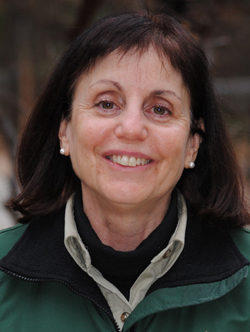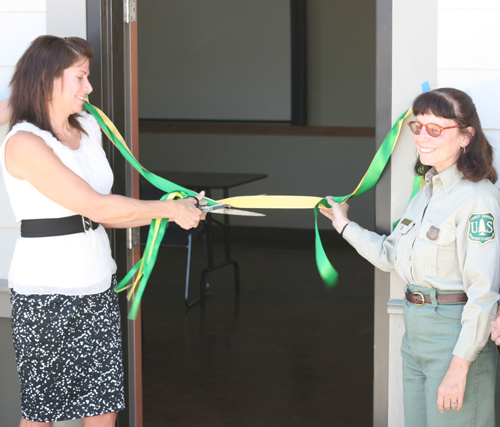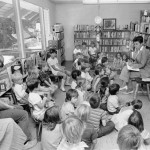
When Rosenthal describes the highlights of her career on the San Jacinto District, each one involves the collaboration with significant stakeholders in the process of making a resource management decision. And these relatively local decisions rippled north and east throughout the Forest Service.
A natural resource professional for more than two decades, Rosenthal has always respected and solicited the views and opinions of the public. She simply embodies the philosophy and direction which Gifford Pinchot instilled in the original Forest Service managers:

“National forests are made for and owned by the people. They should also be managed by the people. They are made, not to give the officers in charge of them a chance to work out theories, but to give the people who use them, and those affected by their use, a chance to work out their own best profit,” Pinchot wrote in 1907.
Rosenthal demonstrated her convictions favoring inclusiveness in one of her first projects. A fuels management effort, which set the tone on the district’s response to the nefarious bark beetle, had national implications as well.

While the bark beetle’s infestation and damage peaked in the 2007-09 years, Rosenthal had established the district’s response years before. The beetle damage began in the late 1990s when the long-term drought years began. Clusters of dead pine trees were already visible when she arrived in December 2001.
The area along the Deadman’s Curve portion of Highway 243 was particularly infested. Rosenthal lead the effort to begin removing 120 dead trees in June 2002.
“We had not cut trees in the forest in more than ten years and this was highly controversial,” she said. “Controversial even though it was a dramatic sea of dead trees.”
Through intense collaboration and negotiations with all the interested parties, she gained approval for the project, which was the first of many more in the district and on the San Bernardino National Forest.
“We held our breath and were able to proceed without any delay,” she said.

Larry Kueneman, a director of Mountain Communities Fire Safe Council, presented Rosenthal with a certificate thanking her and the Forest Service for their effort to remove a fire hazard to the community.
He said at the meeting, “You are doing a beautiful job and we really appreciate your efforts to make our community a little safer.”
This is how she began, and how she did her job and lived her life for more than a decade on the Hill. In the middle of this period, she was actively involved in developing a new Forest Plan. In 2005, all four Southern California forests were revising their management plans. The number of interested parties included local groups as well as national environmental and recreational organizations.
Within this debate were many local controversies, Rosenthal related, and hundreds of people attending the planning sessions.
“What was needed was a smaller group,” she said. So Rosenthal formed the Idyllwild Consensus Group which represented the diverse interests of the local forest resources.
The Forest Supervisor’s office was not oblivious to Rosenthal’s outreach efforts. Former Supervisor Jeanne Wade Evans, currently deputy regional forester for state and private forestry programs in the Forest Service’s Pacific Southwest Region, offered the following observation of Rosenthal: “We appreciate Rosenthal’s many years of public service to the San Bernardino National Forest and the citizens of Southern California. Rosenthal was recognized often for the passion she brought to conservation partnerships and her connection with Forest communities.”
Another of her favorite memories was the creation and development of the Community Wildfire Protection Plan in 2006. This also involved many stakeholders and covered the entire ranger district as well as north and south of it. Most CWPPs up to that point were very limited geographically, but the San Jacinto CWPP addressed projects and priorities for a much larger area, thus setting new standards for future plans.
“Other communities approached this type plan in a piecemeal fashion,” she explained. “Our plan had a lot more leverage because it had a lot more stakeholders involved in its development.”

In the district, she admires all the fuel management and recreation projects which have been initiated and completed during her tenure. All of these natural resource projects were completed under the direction of a former East Coast woman who studied music and therapy at the State University of New York in Albany. She grew up in Westchester County, New York, only 20 miles from Manhattan.
Eventually, she got to New Mexico, where she had a front desk job at the Cibola National Forest. She’s worked on the Coconino National Forest in Arizona and even transferred to the Fish and Wildlife Service’s Bosque del Apache National Wildlife Refuge in New Mexico before coming to the San Jacinto District in December 2001.
When she leaves the office, she will complete her cross-county migration and settle on the coast with her husband.










